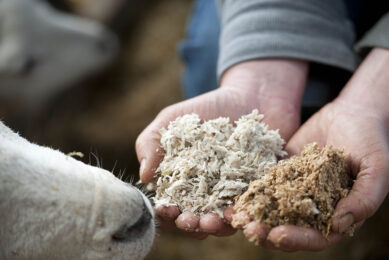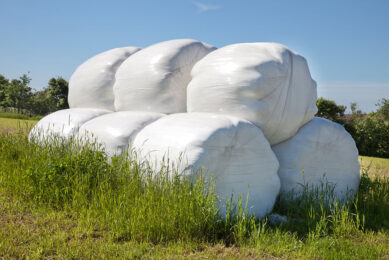Anitox showcases feed-security and milling efficiency at VIV
Anitox highlights feed-security and milling efficiency solutions for the animal feed and livestock production sectors at VIV Europe in Utrecht.
“Food safety is becoming a very ‘hot’ topic and is now firmly on the political agenda, which makes it of increasing concern to feed manufacturers and livestock producers,” said Roger Mann, Regional Director for Anitox in Europe, the Middle East and Africa.
The European Food Safety Authority Panel on Biological Hazards concluded that ‘Feed is a major vector for the transmission of Salmonella to animals consuming feed and food products derived from the animals’.
It also noted that ‘Where endemic infection is well-controlled or absent, Salmonella-contaminated feed is the major source for introducing Salmonella into animal-based food production’.
“Salmonella cannot be entirely eradicated and to help reduce its impact feedstuffs are sometimes heat-treated, but the process significantly increases feed costs, is energy-intensive, has a high ‘carbon footprint’, can damage vitamins/nutrients, may not kill all pathogens and has no residual effect.
Recontamination
“Therefore unless other measures are implemented, re-contamination can occur in the mill, during transport or on-farm, so producers should ensure that their feed supplier is addressing this important issue effectively.”
The European Food Safety Authority found that using a biocidal feed treatment such as Termin-8, which was developed by Anitox to reduce bacteria levels in feed and feed ingredients, provides a viable alternative to heat-treatment, both initially and in preventing recontamination.
Feed mill efficiency
Anitox will also use VIV Europe to highlight its Maxi-Mil program, which makes milling more efficient and benefits even the most modern feed mills.
Trials conducted with feed manufacturers on four continents produced average improvements of 71.1% in the retention of added moisture, 8.0% in press throughput and 2.9% in quality, with average reductions of 12.8% in energy consumption and 35.7% in press consumable costs.
During 2008, these benefits delivered annual financial savings of US$140,000 in a typical 150,000 tonne mill.
“Increasing raw material and electricity costs, together with declining profit margins, are forcing feed manufacturers to do everything possible to minimise their costs of production,” explains Roger Mann. “The Maxi-Mil programme enables them to achieve significant reductions throughout the manufacturing process.”
Related website: www.anitox.co.uk
Join 26,000+ subscribers
Subscribe to our newsletter to stay updated about all the need-to-know content in the feed sector, three times a week. Beheer
Beheer









 WP Admin
WP Admin  Bewerk bericht
Bewerk bericht